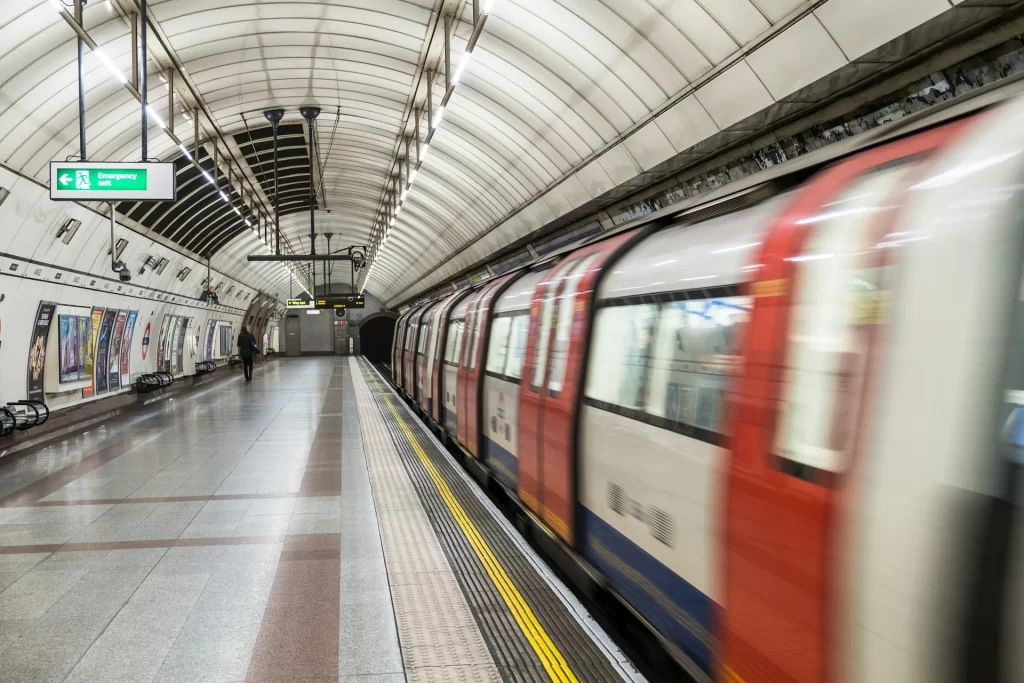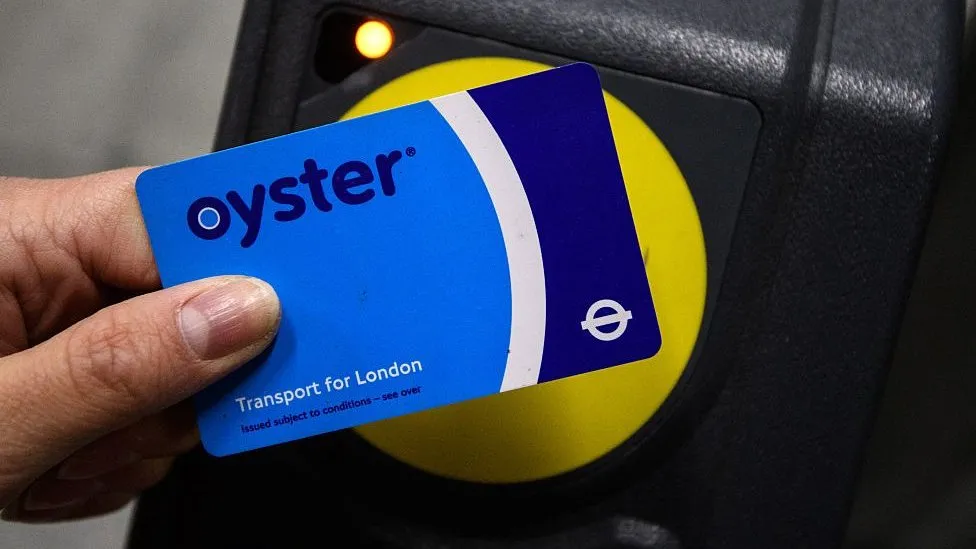
Understanding the Basics of London Travel Zones
How the Zones Are Structured
London is divided into a series of concentric circles called “travel zones.” These zones radiate out from the city centre, with Zone 1 being the innermost, home to major business districts and landmarks, while Zones 2 to 9 expand outward, covering suburban areas and even reaching into neighbouring counties. The further you go from the centre, the higher the zone number.
This system simplifies fare calculation and helps people plan their journey based on the zones they travel through.
Why Travel Zones Matter for Your Commute
Whether you’re a local or a visitor, understanding travel zones is crucial. They determine the cost of your journey, the types of tickets available, and how long your trip might take.
The price you pay to travel is directly related to the zones you cross. So, if you’re hopping between Zones 1 and 2, your fare will be different than if you were travelling from Zone 1 to Zone 6.
Knowing your zone can help avoid unexpected costs, making it easier to plan your trip.
A Brief History of London Travel Zones
The Introduction of Travel Zones
London’s travel zone system was first introduced in the early 1980s. Back then, the city needed a standardized way to simplify ticket pricing, especially with the rise of public transport use.
The zoning system created a clear framework, making it easier for both Londoners and visitors to navigate the complex public transport network without constantly calculating fares based on distance.
Evolution of Travel Zones in Modern London
Over the decades, London’s travel zones have expanded to include more areas as the city’s population grew and transport needs evolved.
Initially, only six zones were in place, but over time, additional zones like 7 to 9 were introduced to accommodate areas further away from the city, reflecting London’s sprawling nature and its increasing connectivity with suburban and even semi-rural areas.
How Many Travel Zones Are There?

Zones 1 to 6: The Main Zones
The primary travel zones in London range from Zone 1, which covers Central London, to Zone 6, which reaches suburban neighbourhoods like Heathrow and Wimbledon.
Zone 1 is often the busiest, home to landmarks like the Tower of London and the British Museum. As you move outward, Zones 2 to 6 encompass areas where most of London’s residents live, balancing accessibility with affordability for daily commuters.
Zones 7 to 9: The Outer Reaches
Zones 7 to 9 are lesser-known but still crucial, especially for those commuting into London from surrounding regions.
These outer zones include places like Watford and Brentwood, which are technically outside Greater London but still connected via the London public transport system.
Although far from the city centre, these zones are important for people working in London but living on its fringes.
How London Travel Zones Affect Transport Fares
Zone-Based Pricing Explained
London’s fare system is designed to be simple but effective. The more zones you cross, the more you pay.
Fares are typically higher if you’re travelling between multiple zones, especially during peak hours. This setup incentivizes people to live and work within the same zones to reduce commuting costs.
Peak and Off-Peak Fare Differences
It’s also important to note the difference between peak and off-peak fares. Peak fares apply during busy travel times (like early mornings and late afternoons), while off-peak fares are lower and apply during quieter periods.
The impact of peak vs. off-peak travel can add up significantly, especially for daily commuters crossing several zones.
Navigating London Travel Zones with an Oyster Card

Using an Oyster Card Across Different Zones
The Oyster card is London’s smart ticketing system and can be used across all travel zones, including buses, the Underground, and even some overground trains.
It automatically calculates the best fare for your journey, saving you the hassle of figuring out zone prices manually.
Travelcards vs Pay-As-You-Go
If you frequently travel between multiple zones, a Travelcard may offer better value. Travelcards provide unlimited travel within the specified zones, while Pay-As-You-Go fares vary based on how often and far you travel.
For tourists, zone-specific Travelcard might be a better option, especially when exploring multiple districts and landmarks.
Popular London Landmarks in Different Zones
Iconic Sites in Zone 1
Zone 1 is packed with some of London’s most famous landmarks. Think Big Ben, Buckingham Palace, and Trafalgar Square.
Whether you’re visiting for the history or the culture, Zone 1 is where you’ll find London’s heartbeat.
Hidden Gems in Zone 3 and Beyond
While Zones 1 and 2 often get the spotlight, Zones 3 and beyond are home to some hidden gems, like Kew Gardens in Zone 3 or Hampton Court Palace in Zone 6.
These areas may require a bit more travel, but the journey is worth it for those looking to escape the more tourist-heavy areas.
Travel Zones and the London Underground

How Travel Zones Interact with the Tube Map
Each station on the London Underground is assigned a zone, and understanding where each station falls can make your travel planning much smoother.
The Tube map uses colour coding and labels to make zone identification easy, but it’s still important to know how many zones your journey covers to avoid confusion or extra charges.
Navigating the Network with Ease
Once you get the hang of it, navigating London’s travel zones becomes second nature. Tools like Citymapper or the TfL app can help guide you through the network, making sure you’re always on track.
Planning Your Trip Based on Travel Zones
Best Zones for Tourists
For tourists, sticking to Zones 1 and 2 is usually enough to cover most of the must-see spots. But if you’re looking for a more authentic London experience, venturing into Zone 3 and beyond will give you a better sense of local life without the usual crowds.
Tips for Commuters
For daily commuters, it’s all about balancing cost with convenience. Living in an outer zone might save you money on rent, but you’ll need to account for higher travel costs. Look into season tickets or Travelcards to reduce your overall expenses.
Saving Money When Traveling Between Zones
Discounts and Travel Offers
London offers several discounts for frequent travellers, including student fares, senior concessions, and group travel discounts.
Keep an eye out for promotions on the TfL website to save on multi-zone journeys.
Season Tickets and Travelcard Benefits
Investing in a season ticket can be a great money-saver if you’re commuting between zones regularly.
The upfront cost might seem high, but the long-term savings make it worth considering.
The Future of London Travel Zones

Potential Changes to the Zone System
As London grows, so does its public transport network. There’s been speculation about adding new zones or even expanding the system to cover more of the outer suburbs.
These changes could affect fares and travel times in the coming years.
Impact of Expanding Public Transport Networks
With ongoing improvements to London’s transport infrastructure, such as the Crossrail project, the city’s travel zones may evolve to include new areas and transport links, making commuting more efficient for future generations.
Subscribe to our newsletter for the latest updates, events, and hidden gems in London!
